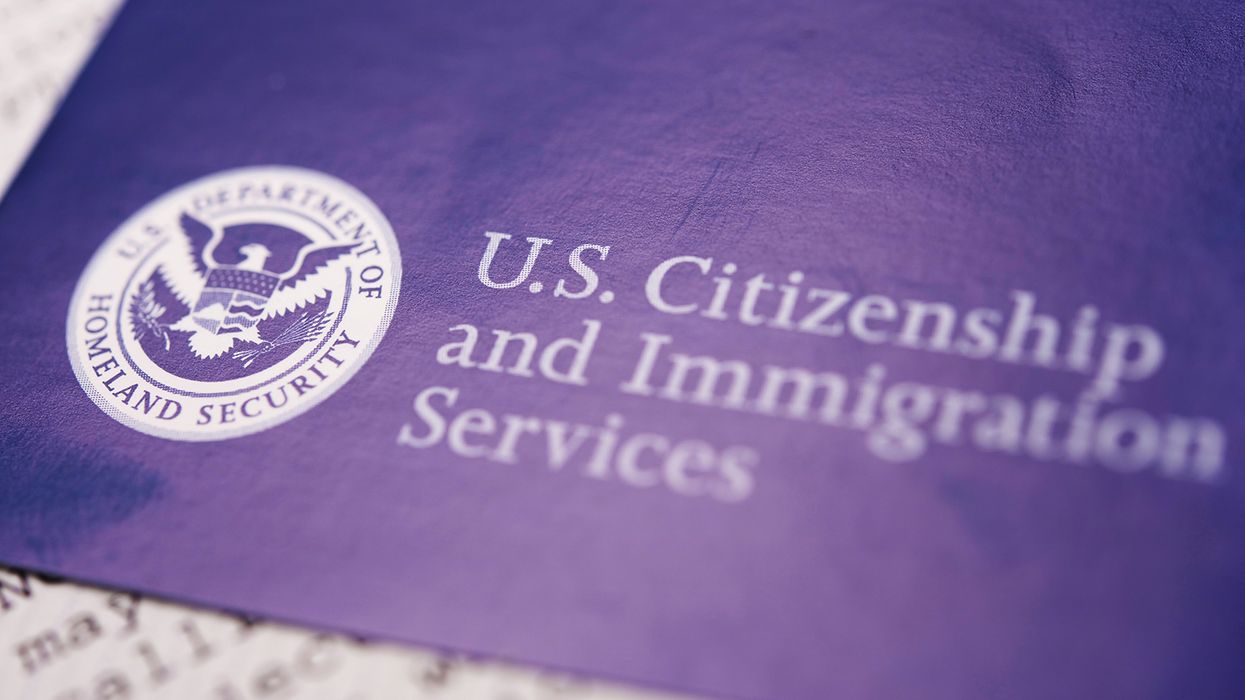12 tips for creating a strong non-discrimination policy
For the fiscal year ending on September 30, 2022, the Equal Employment Opportunity Commission (EEOC) received 73,485 new discrimination charges.
During that period, however, the EEOC filed only 91 employment discrimination lawsuits. The agency also resolved 96 employment discrimination lawsuits and obtained almost $40 million in monetary relief for 1,461 individuals.
Based on those numbers, it is clear not every charge becomes a lawsuit. One factor that can make the difference is having a strong non-discrimination policy. Having and enforcing such a policy can help minimize an organization’s risk of being the subject of a charge that becomes a costly lawsuit. But what should such a policy include?
Create a strong non-discrimination policy
Here are 12 tips from the EEOC on creating a non-discrimination policy.
- State that discrimination based on race, color, religion, sex (including pregnancy, sexual orientation, or gender identity), national origin, disability, age (40 or older) or genetic information (including family medical history) is illegal and will not be tolerated. Provide definitions and examples of prohibited conduct, as needed. *
- State that you will provide reasonable accommodations (changes to the way things are normally done at work) to applicants and employees who need them for medical or religious reasons, as required by law. *
- Explain how employees can report discrimination.
- If possible, designate more than one person to receive and respond to discrimination complaints or questions.
- Consider permitting employees to report discrimination to any manager.
- State that employees will not be punished for reporting discrimination, participating in a discrimination investigation or lawsuit, or opposing discrimination.
- State that you will protect the confidentiality of employees who report discrimination or participate in a discrimination investigation, to the greatest possible extent.
- Require managers and other employees with human resources responsibilities to respond appropriately to discrimination charges or to report the charge to individuals who are authorized to respond.
- Provide for prompt, thorough, and impartial investigation of complaints.
- Provide for prompt and effective corrective and preventative action when necessary.
- Consider requiring that employees who file internal complaints be notified by HR, or whoever took the information, about: -the status of their complaint, -the results of the investigation, and any corrective and preventative action taken.
- Describe the consequences of violating the non-discrimination policy.
* Federal, state, and local laws may prohibit additional types of discrimination and/or require you to provide reasonable accommodations for other reasons. Federal, state, and local government websites may have additional information about these laws.
Put your policy to use Simply having a non-discrimination policy is not enough. Employers must diligently abide by their policies and investigation procedures. That means taking all reports of harassment seriously and fully investigating and remediating any claims.
Key to remember: To avoid discrimination charges and costly lawsuits, it is important to have a strong non-discrimination policy, and to follow that policy and related procedures.




















































